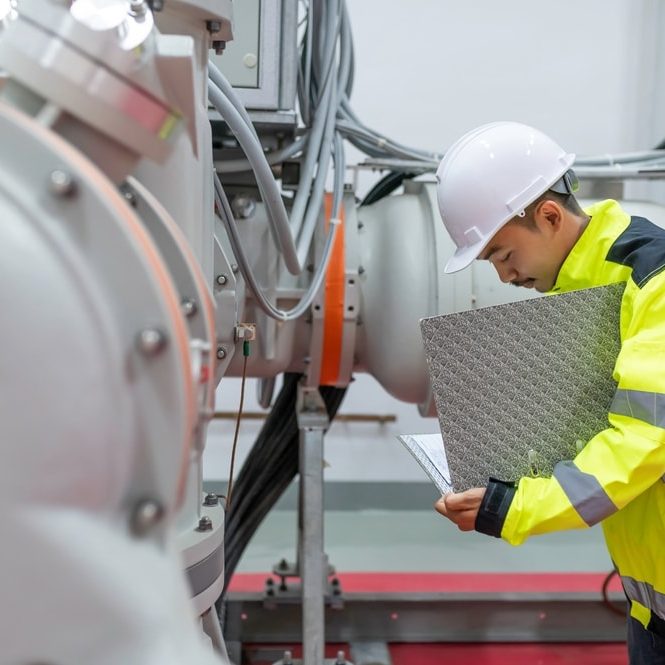In today’s fast-paced manufacturing industry, finding and retaining skilled workers has become more challenging than ever. Companies are facing increasing pressure to adapt to evolving technologies, seasonal production demands, and competitive labor markets. The solution isn’t just about hiring more staff—it’s about creating an agile workforce pipeline that ensures employees are onboarded efficiently, continuously developed, and positioned for long-term success.
An agile workforce pipeline is a strategic approach to talent management that emphasizes flexibility, responsiveness, and ongoing growth. For manufacturers, this approach can be the difference between high turnover and a stable, highly skilled workforce that drives productivity and innovation. In this article, we’ll explore how manufacturing employers can implement agile pipelines from onboarding through upskilling, ultimately improving retention and operational performance.
Understanding Agile Workforce Pipelines
An agile workforce pipeline is a dynamic model for managing talent that contrasts with traditional, static staffing methods. Instead of filling positions reactively and expecting employees to adapt on their own, an agile pipeline integrates recruitment, onboarding, development, and retention into a continuous, adaptable process.
The importance of agility in manufacturing staffing is growing. With automation, AI-driven machinery, and lean production methods becoming standard, manufacturers need a workforce that can adapt to changing processes and technologies quickly. Seasonal fluctuations in demand further emphasize the need for a flexible staffing strategy that can scale efficiently without sacrificing quality.
The pipeline is designed around four main stages:
- Recruitment: Identifying and attracting talent with the skills needed now and in the future.
- Onboarding: Setting employees up for success with structured training, safety orientation, and cultural integration.
- Upskilling: Continuous development to close skill gaps and support career growth.
- Retention: Creating a workplace where employees want to stay, grow, and contribute.
By approaching workforce management through this lens, manufacturing employers can reduce turnover, improve productivity, and remain competitive in a challenging labor market.

Onboarding as the Foundation
Effective onboarding is the cornerstone of an agile workforce pipeline. A strong onboarding program ensures that new employees understand their roles, integrate into the company culture, and are prepared for the operational demands of the manufacturing environment.
Key components of an effective onboarding process include:
Clear Role Expectations:
Employees should know exactly what their responsibilities are, how performance is measured, and what success looks like in their position.
Safety Training and Protocols:
Manufacturing roles often involve equipment, machinery, or hazardous materials. Proper onboarding includes comprehensive safety instruction to reduce workplace incidents.
Cultural Integration:
Helping employees understand your company’s values, vision, and team dynamics fosters engagement and long-term commitment.
Mentorship and Peer Support:
Pairing new hires with experienced team members can accelerate learning and create a sense of belonging.
Digital Onboarding Platforms:
Utilizing technology to deliver training modules, track progress, and streamline administrative tasks improves efficiency and consistency.
A structured onboarding program not only reduces early turnover but also lays the groundwork for future upskilling and development initiatives. Employees who feel supported from day one are more likely to stay, engage, and embrace opportunities for growth.
Continuous Development and Upskilling
In an industry where technology evolves rapidly, ongoing development and upskilling are critical. Manufacturing employers who integrate structured training programs into their workforce pipelines create a more adaptable and capable team.
Effective upskilling strategies include:

From an employer perspective, a culture of continuous learning drives innovation, increases productivity, and improves employee engagement. Employees are more likely to remain with companies that invest in their growth, reducing turnover and recruitment costs over time.
Retention Through Growth Opportunities
Retention isn’t just about salary or benefits—it’s about providing meaningful career growth and development opportunities. Agile workforce pipelines focus on retention by embedding growth into every stage of the employee journey.
Key retention strategies include:
-
Internal Mobility:
Allow employees to apply for open positions or promotions within the company. A transparent pathway to advancement encourages loyalty.
-
Recognition and Incentives:
Rewarding employees for skill acquisition, performance, and contributions reinforces engagement and motivation.
-
Learning Culture:
Promote a culture where continuous improvement is valued, and employees are encouraged to expand their skills.
-
Responsive Feedback Systems:
Regularly solicit employee input and adapt training, schedules, or processes based on workforce feedback.
Manufacturers that prioritize career development and acknowledge employee achievements often experience higher employee satisfaction and lower turnover rates. By integrating retention strategies into the agile pipeline, companies can sustain a motivated, skilled, and committed workforce.
Integrating Technology and Metrics
Technology plays a pivotal role in building and managing an agile workforce pipeline. Manufacturers can leverage digital tools to optimize recruitment, onboarding, training, and retention processes while tracking key performance metrics.
Some ways technology enhances the pipeline include:
Workforce Analytics:
Data on hiring trends, skill gaps, and turnover patterns enables proactive workforce planning.
Learning Management Systems (LMS):
Centralized platforms for tracking training progress, certifications, and skill development ensure consistency and compliance.
Scheduling Software:
Automated scheduling tools optimize shift coverage, reduce overtime, and accommodate flexible workforce arrangements.
Engagement and Performance Metrics:
Regularly analyzing employee engagement surveys, productivity data, and retention statistics informs pipeline adjustments and strategic decisions.

By integrating technology and monitoring key metrics, manufacturers can maintain an adaptive, data-driven workforce pipeline that responds to operational needs while enhancing employee experience.
Driving Long-Term Success with Agile Workforce Pipelines
Implementing an agile workforce pipeline from onboarding to upskilling is more than a staffing strategy—it’s a business strategy. Manufacturers that prioritize structured onboarding, continuous development, and retention-focused initiatives are better equipped to:
- Navigate labor market fluctuations and seasonal demand spikes.
- Adapt to technological advancements and automation.
- Reduce turnover and recruitment costs.
- Foster a motivated, skilled, and engaged workforce.
- Maintain competitive advantage in a challenging industry landscape.
By approaching workforce management as an integrated pipeline, employers can ensure that every stage—from hiring to skill development—is aligned with business goals and operational efficiency. Agile workforce pipelines are not a one-time initiative but an ongoing strategy that evolves with your workforce and the demands of the industry.
Next Steps for Manufacturing Employers
Creating a successful agile workforce pipeline requires commitment and planning. Employers can start by:
-
1. Assessing Current Workforce Processes:
Identify gaps in onboarding, training, and retention efforts.
-
2. Defining Career Pathways:
Map out progression opportunities to connect employee development with business needs.
-
3. Investing in Technology:
Use LMS, scheduling software, and workforce analytics to streamline processes.
-
4. Embedding Continuous Learning:
Encourage skill development through cross-training, certifications, and micro-learning modules.
-
5. Measuring and Adjusting:
Track key metrics like retention rates, employee engagement, and training completion to refine the pipeline continuously.
By taking these steps, manufacturing employers can build a more resilient, adaptable workforce, equipped to thrive in today’s evolving industry landscape. An agile workforce pipeline ensures not only that your company has the right people in the right roles today, but also that your employees are growing and prepared for tomorrow’s challenges.
